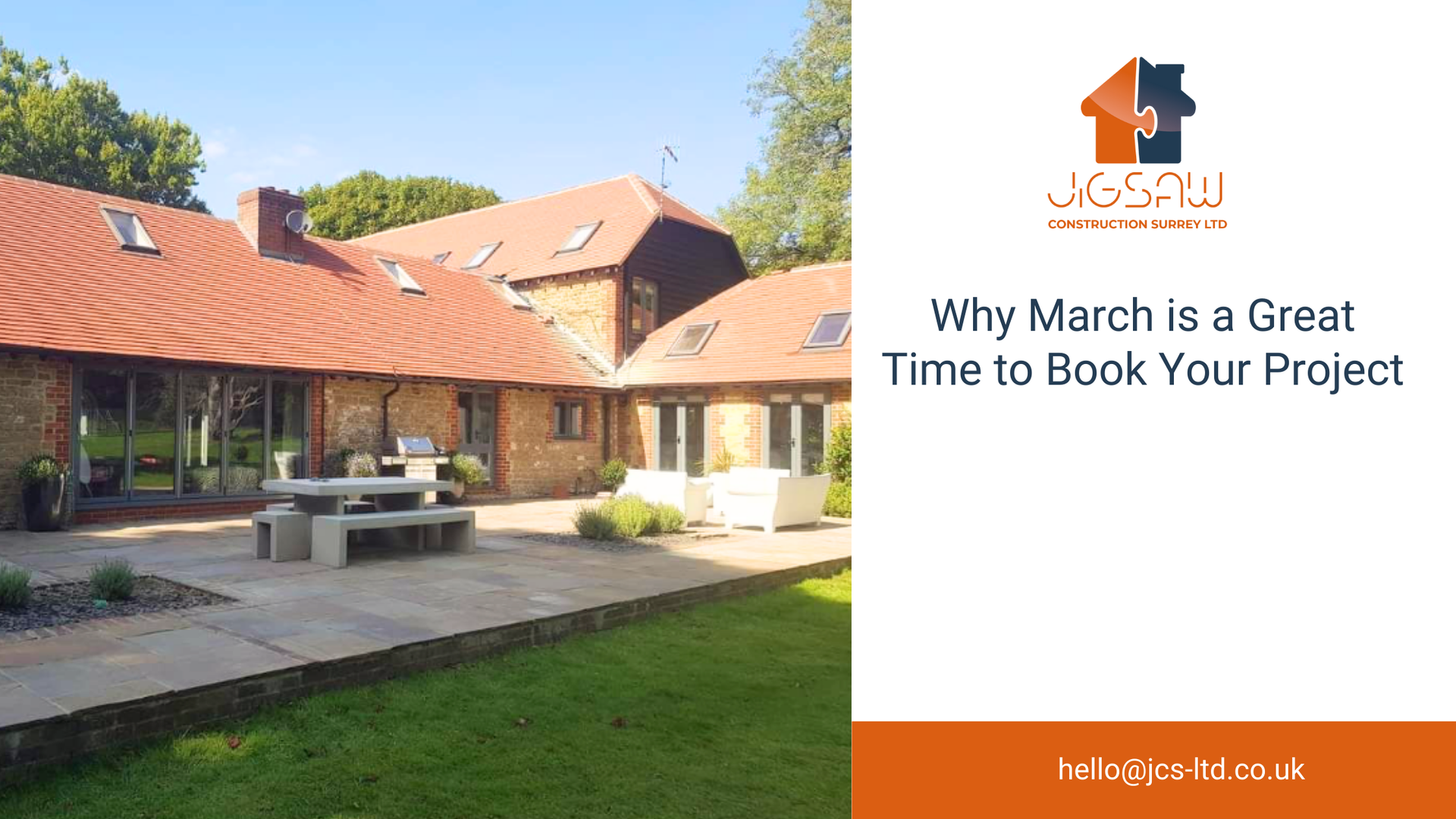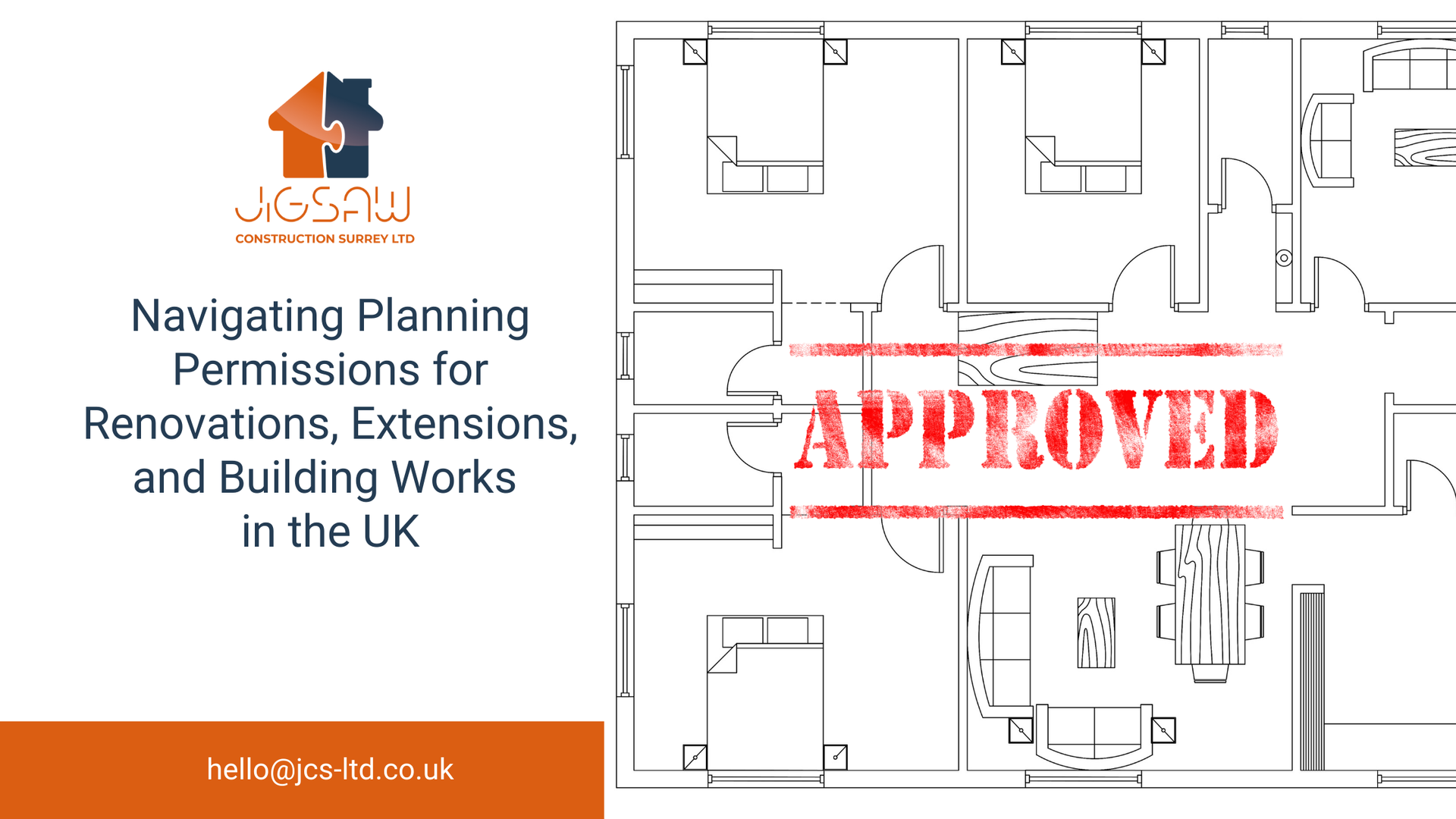
Connect with Jigsaw Construction
Elevate Your Bathroom: A Guide to Stylish Upgrades
Transform your bathroom into a spa-like oasis with these stylish and functional upgrades.
1. Expand Your Space:
- Add an enclosed shower: Enjoy privacy and luxury with a separate shower enclosure.
- Install a walk-in shower: Create a modern and accessible space.
- Create a second bathroom: Increase convenience and value for your home.
2. Modernise Your Bathroom:
- Replace outdated fixtures: Upgrade your sink, toilet, and bathtub for a fresh look.
- Update tiles and flooring: Choose stylish and durable materials like porcelain or ceramic tiles.
- Install a heated floor: Enjoy the luxury of warm floors year-round.
3. Design Tips:
- Maximise natural light: Install larger windows or a skylight for a brighter space.
- Choose calming colours: Opt for colours that create a relaxing atmosphere.
- Add storage: Incorporate cabinets, shelves, and drawers for organisation.
- Create a focal point: A statement piece can add personality to your bathroom.
4. Monochrome Magic:
- Embrace charcoal: Add depth and sophistication to a white bathroom with soft charcoal shades.
- Experiment with tiles and grout: Create a unique monochrome look with different shades and patterns.
- Add a pop of colour: Introduce a bold colour accent for a focal point.
5. Natural Textures and Period Style:
- Incorporate rustic elements: Use textured walls, natural flooring, and exposed brick for a cosy feel.
- Add period-inspired details: Install dramatic lighting, brass fixtures, flowing curtains, and period rugs for a touch of luxury.
6. Product Advice:
- Choose water-saving fixtures: Opt for low-flow faucets and toilets.
- Install energy-efficient lighting: LED lighting creates a warm ambiance and saves energy.
- Select a functional and stylish vanity: Consider storage options and design.
- Add mirrors with built-in lighting: Enhance your bathroom's functionality and aesthetics.
By incorporating these upgrades, you can create a luxurious and functional bathroom that reflects your personal style and enhances your daily routine.
Here are some reasons why you might consider extending your bathroom:
- Lack of space: If your current bathroom is cramped and doesn't meet your needs, an extension can provide more room for activities like bathing, getting ready, and relaxing.
- Increased functionality: An extension can allow you to add features like a separate shower, a double sink, or additional storage space.
- Enhanced value: A well-designed bathroom extension can significantly increase the value of your home.
- Improved aesthetics: You can create a more stylish and modern bathroom that reflects your personal taste.
- Better accessibility: If you have mobility issues, an extension can help create a more accessible bathroom.
Ultimately, the decision to extend your bathroom depends on your individual needs and preferences. Consider your budget, lifestyle, and the potential benefits before making a decision.
Here are some popular bathroom features for 2024:
- Walk-in showers: These spacious and accessible showers are becoming increasingly popular.
- Freestanding bathtubs: Freestanding tubs add a touch of luxury and elegance to a bathroom.
- Smart toilets: These high-tech toilets offer features like heated seats, automatic flushing, and air purification.
- Double sinks: Double sinks are a practical and stylish choice for bathrooms shared by multiple people.
- Natural materials: Incorporating natural materials like stone, wood, and plants can create a calming and spa-like atmosphere.
- Minimalist design: Clean lines, neutral colours, and uncluttered spaces are popular trends in bathroom design.
- Smart technology: Smart mirrors, voice-activated faucets, and heated towel racks are adding a touch of luxury and convenience to bathrooms.
- Sustainable features: Eco-friendly materials, low-flow fixtures, and energy-efficient lighting are becoming more popular as homeowners seek sustainable options.
Would you like to know more about any of these features or discuss other bathroom design ideas?
Contact Jigsaw Construction Ltd to discuss your bathroom upgrade requirements and enjoy quality service with superior finishes. We can manage your project from start to finish so you can relax and enjoy the finished result. https://www.jcs-ltd.co.uk/#ContactUs



